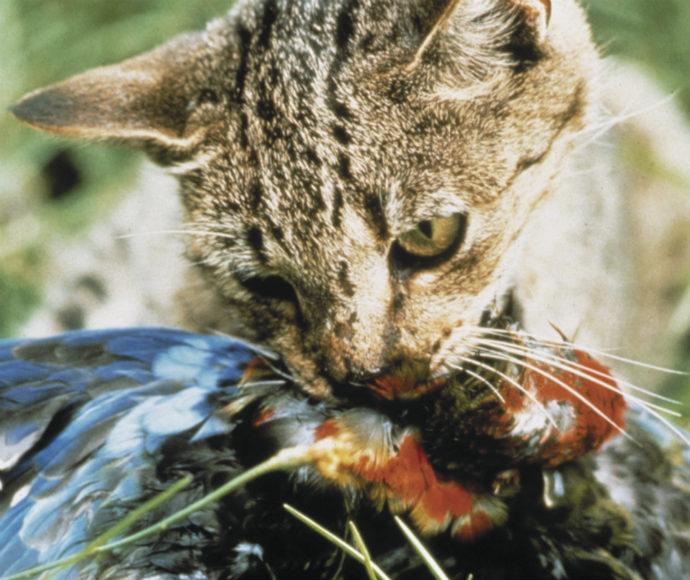Environment Minister Matt Kean today unveiled plans to turn back the tide of extinctions by more than tripling the area of feral cat and fox-free land in the state’s national parks.

The $20 million plan will establish four new areas, in addition to the three existing feral-free areas, bringing the total fox and cat-free area in NSW national parks to almost 65,000 hectares.
“This is one of the most significant wildlife restoration projects in the State’s history, by establishing four new feral predator free areas we are paving the way for the return of wildlife that has been lost from our national parks as a result of feral cats and foxes,” Mr Kean said.
“Australia has the worst mammal extinction rate in the world, feral cats alone kill more than 1.4 billion native animals every year, with many surviving species at risk of extinction.”
It is estimated well over 50 threatened species are expected to benefit from the program including 28 locally extinct species and more than 30 threatened species currently surviving in national parks.
The four new sites will be:
- Western Sydney – Castlereagh Nature Reserve
- Central NSW – Yathong Nature Reserve
- North-east NSW – Ngambaa Nature Reserve
- South-east NSW – Eden Bombala Region
“We have been guided by the science in identifying the new locations, which will include NSW’s first feral-free sites in tall wet forests (north-east and south-east NSW),” Mr Kean said.
“This project draws a line in the sand – not only will we double our efforts to stop extinctions, we are committed to reintroducing threatened species and restoring their populations.”
Key facts
Four new feral predator free areas:
- Castlereagh Nature Reserve, Western Sydney, fenced area approx. 500 ha
- Yathong Nature Reserve, near Cobar Central NSW, fenced area approx. 40,000 ha
- Ngambaa Nature Reserve, near Macksville North-east NSW, fenced area approx. 3,000 ha
- South-east NSW (Eden Bombala Region), estimated fenced area approx. 1,500 – 2,000 ha
Exisitng feral predator free areas:
- Pilliga State Conservation Area, near Baradine North-west NSW, fenced area 5,800 ha
- Sturt National Park, near Tibooburra Far North-west NSW, fenced area 4,000 ha
- Mallee Cliffs National Park, near Buronga South-west NSW, fenced area 9,570 ha
Over 50 threatened species are expected to benefit from the project:
- 28 locally extinct species will be returned to national parks from which they have previously disappeared, including iconic species such as:
- the bilby
- the Eastern quoll
- the Eastern bettong and
- the long-footed potoroo.
- In addition, more than 30 threatened species currently surviving in national parks will receive a major boost from the exclusion of feral animals, including bushfire affected species such as:
- the smoky mouse,
- the parma wallaby
- the Red-legged Pademelon
- the Malleefowl
- A $20.3 million grant from the NSW Environmental Trust will enable the National Parks and Wildlife Service (NPWS) to establish the 4 new feral predator-free areas, expanding the total fox and cat-free area in national parks to almost 65,000 hectares, equivalent to over 90,000 football fields.
- Along with existing partners – the University of NSW/Wild Deserts and Australian Wildlife Conservancy – NPWS will be working closely with a range of key partners including local communities and Aboriginal groups, Rewilding Australia-WWF, universities, the Federal Government and other State Governments as part of an emerging national approach to rewilding.






